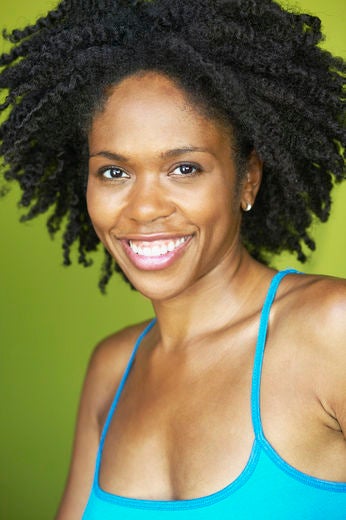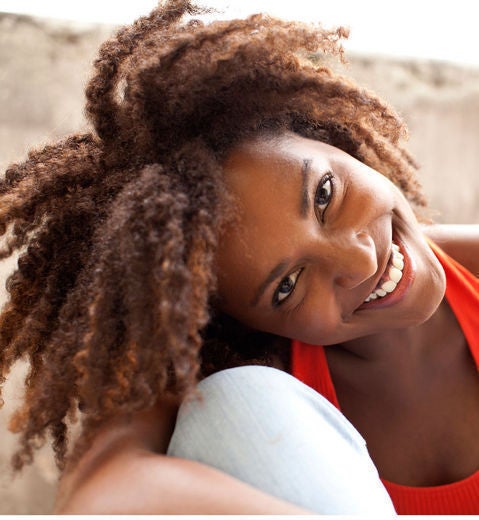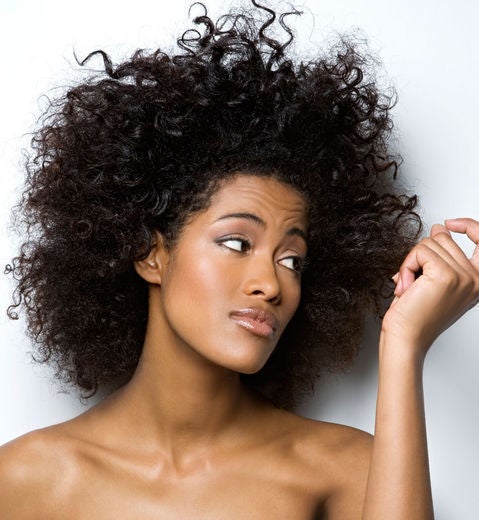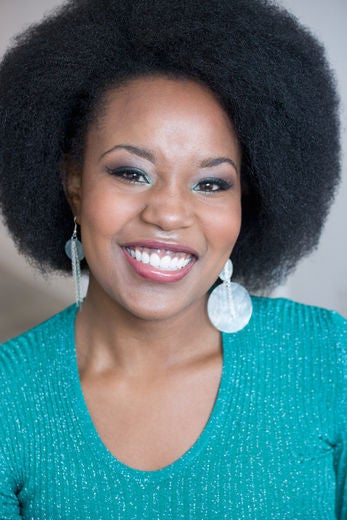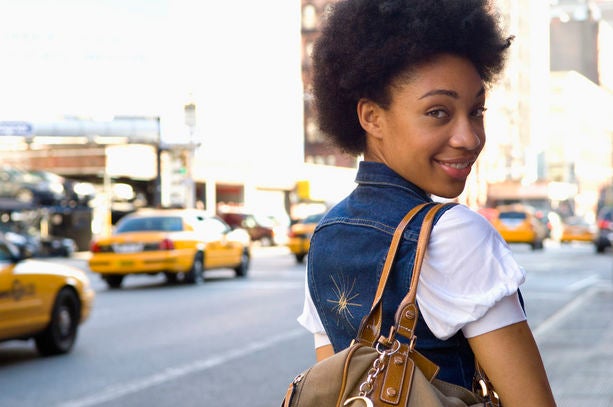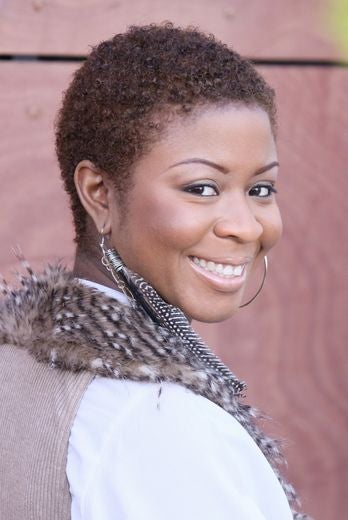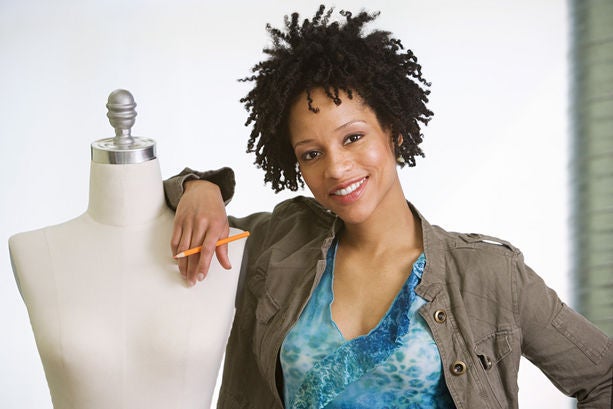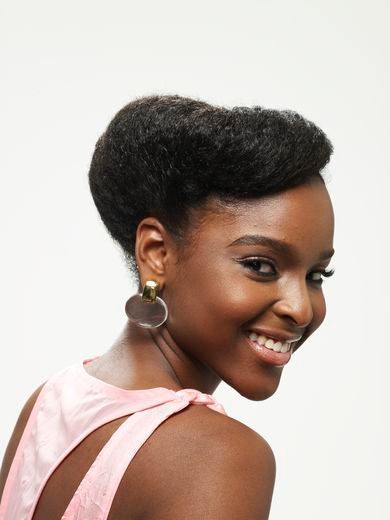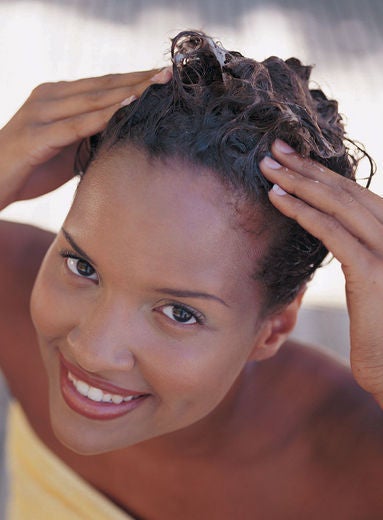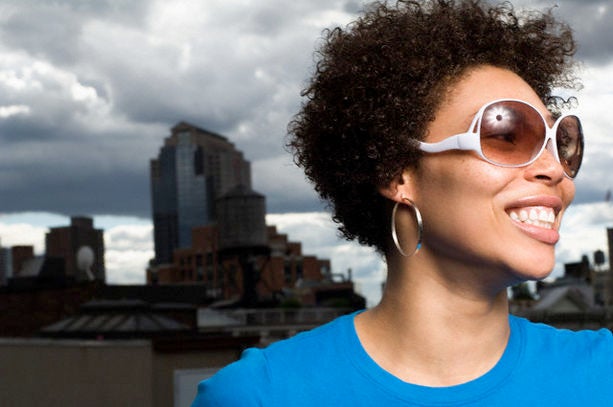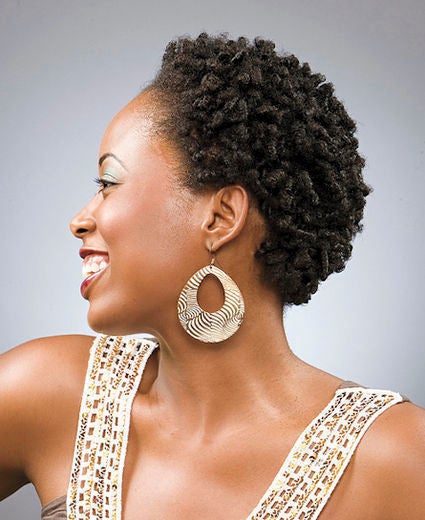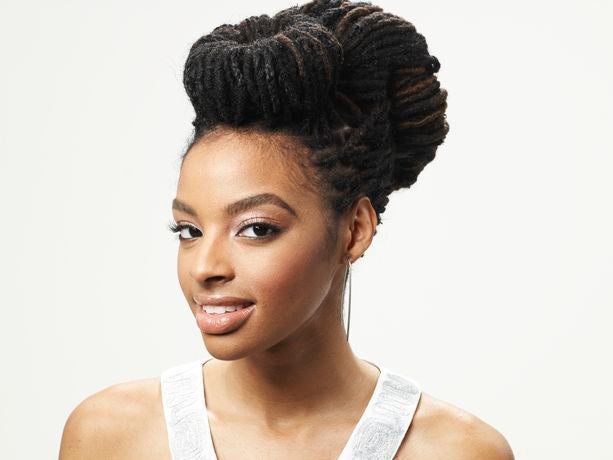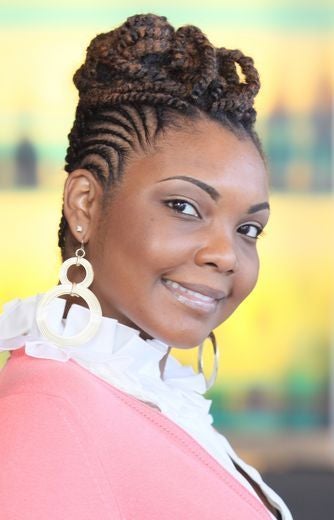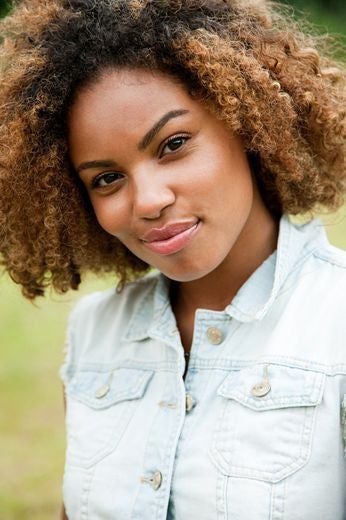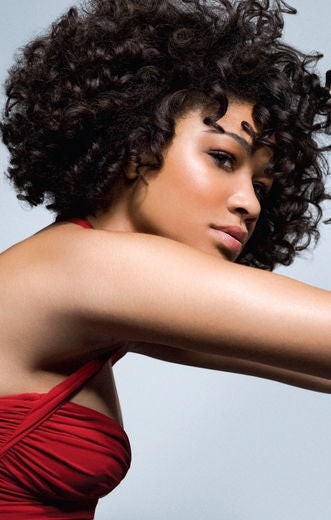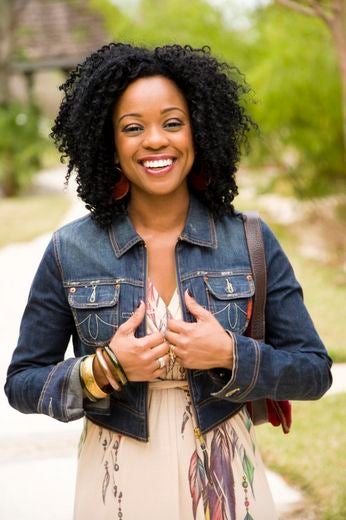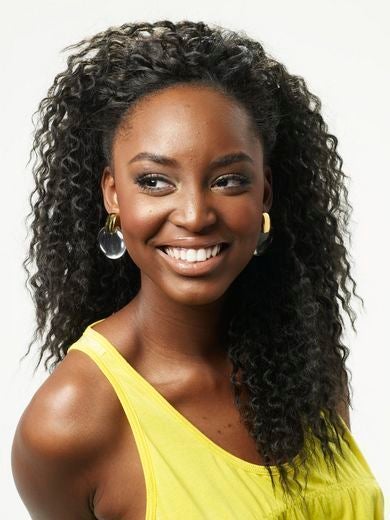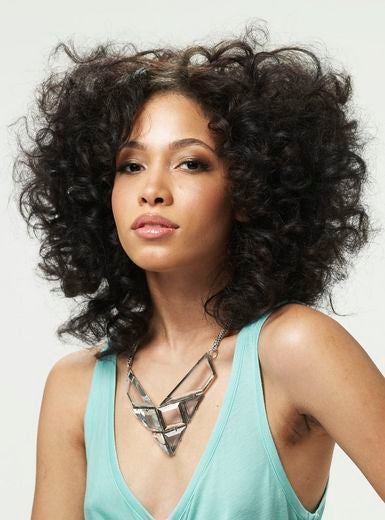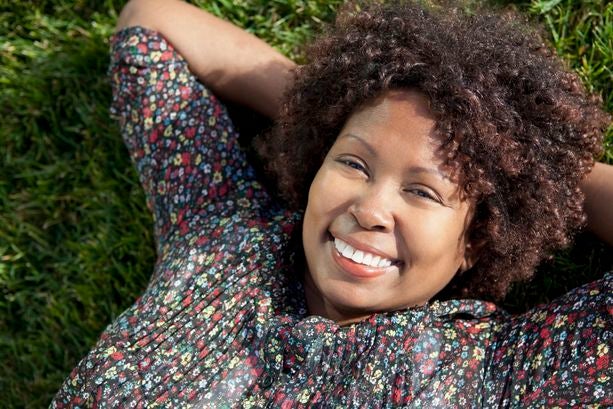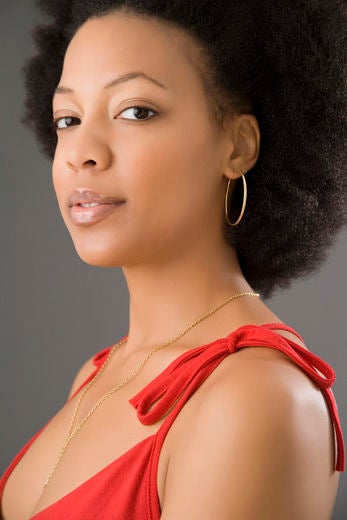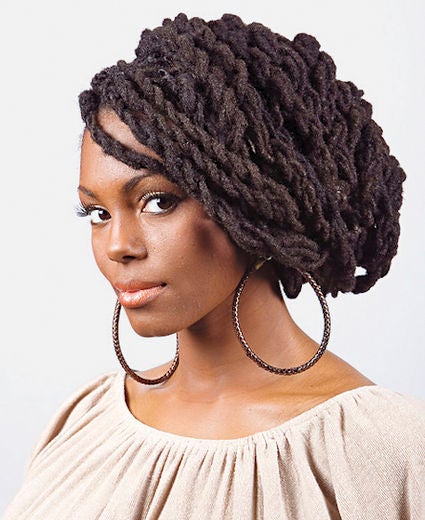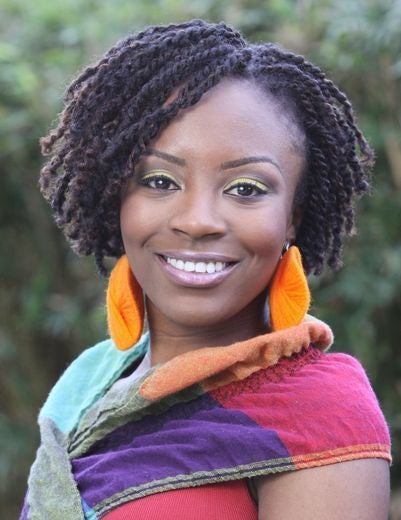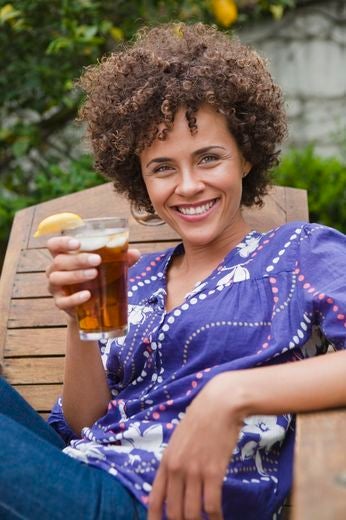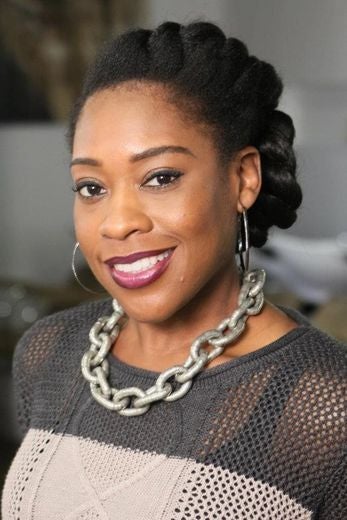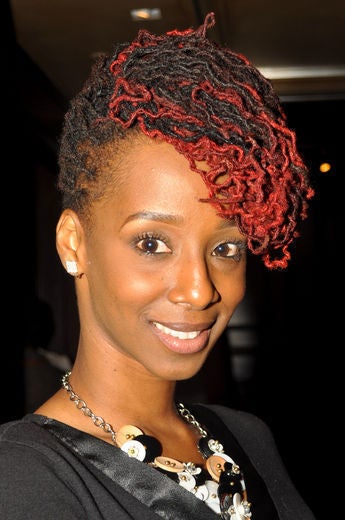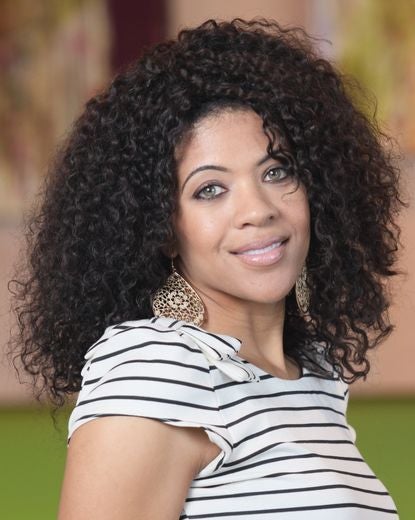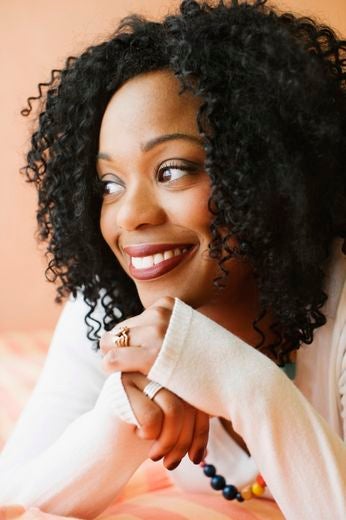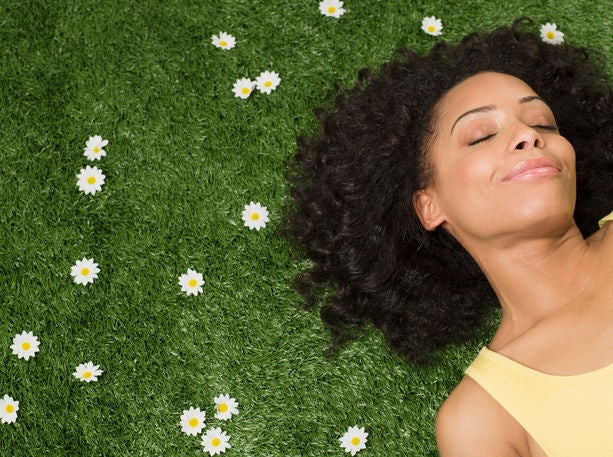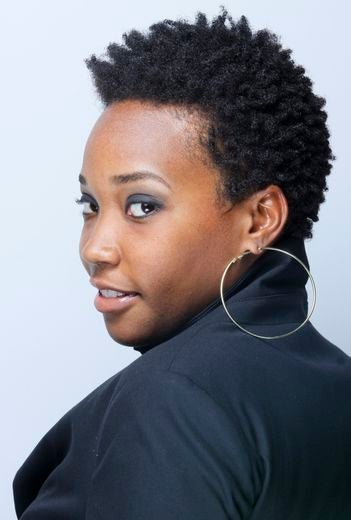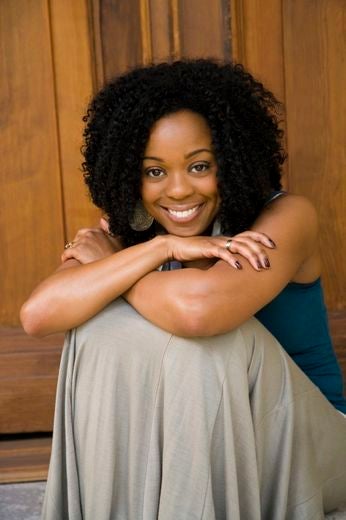Do the acronyms “TWA,” “BSL,” or “ACV” sound familiar to you? What about the terms “pre-poo,” “seal,” or “pineappleing?” If you’re totally confused, fret not because we’re here to decode the entire gamut of natural hair lingo in the ESSENCE Ultimate Natural Hair Dictionary. We enlisted the help of Jenell Stewart, naturalista blogger of Kinky Curly Coily Me, to help us explain all the terms you’ll need to know when you decide to do the “BC” — Big Chop that is.
These represent the Hair Type Classification System created by hairstylist Andre Walker. Type 3 hair is curly with a visible curl pattern. Type 3 curls can range from big, loose, bouncy ringlets to tight corkscrews. Type 4 is kinky, or very tightly curled, with a less visible curl pattern. Type 4 curls can range from tight zig-zag curls to extremely tight coils.
Refers to the “Curly Girl” method explained in the book by Lorraine Massey. It is a philosophy for curls that involves, no or low shampoo usage, cone avoidance, and conditioner washing, just to name a few.
Gaining length to the hair by reducing or eliminating breakage from the ends of the hair. Maximum length retention can be achieved by wearing protective styles that require little manipulation and protect fragile ends.
No Shampoo. This refers to women who do not use shampoo, ever. Someone who follows a no-poo routine is considered a “CG’er” which stands for the Curly Girl method. Instead of using shampoo, they will wash their hair with conditioner, known as a co-wash.
A bedtime hair sleeping technique that curlies with long hair use to preserve and protect curls overnight so that they have great 2nd day hair. You gather all of your hair in a high, but loose ponytail at the top of your head and go to sleep on a satin pillowcase. In the morning you take it down and shake it out gently and all of your curls will have been preserved.
A treatment applied to your hair prior to shampooing. It usually consists of oils and/or conditioners applied the night before the shampoo or immediately prior, with a heat source to help penetrate. This is usually performed to help the hair maintain necessary moisture during the drying shampoo process.
A hairstyle consisting of locs that are much thinner in size. Sisterlocks are created utilizing a weaving technique and patented tool created by natural hair expert Dr. JoAnne Cornwell.




